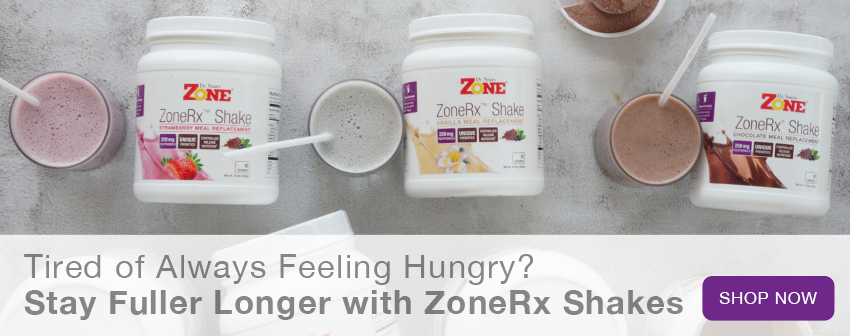It has been more than one year since our lives changed in ways we could never have imagined. In quick order, we were forced to retreat from our daily routines and settle into a new one staying at home. The best means of connecting with others turned out to be online video meeting formats. And the focus in everyday life became learning how to work and live in this new environment (and avoiding becoming infected by the Covid-19 virus).
This pushed physical activity aside for many people. Those who were used to an exercise routine either had to curtail their activity (gyms had to close down) or try virtual classes. In addition, exercise equipment for home use became scarce as stock dwindled and new products became hard to come by. Workers who were used to at least moving around in their workplaces became more sedentary due to their homework set-ups, lack of space, fear of venturing outdoors, and being in a general state of confusion. Those who did come down with the virus may have a harder time getting back to or starting activity due to fatigue, heart, and lung issues.
The Risks of a Sedentary Lifestyle
We know that being sedentary puts us at higher risk of “metabolic syndrome” disease which leads to other conditions such as diabetes and heart disease. If those are not bad enough, all the aforementioned also put people at higher risk of severe Covid-19 complications as well as death. Exercise needs to be part of recovery and prevention in view of Covid-19. Long known to help boost the immune system, moving your body as much as possible can rebuild mitochondria in muscle cells and thus increase antioxidant activity to keep the body stronger and more resilient against diseases and inflammation. And now, thanks to vaccines, the pandemic is getting further behind us and more of us can go back to “normal.” Time to get back to physical activity…but how?
General Guidelines for Boosting Physical Activity (*always check with a physician beforehand):
First things first – If you are experiencing any symptoms of Covid-19 do get tested and take the advice of a physician. If you have had and recovered from Covid-19 you must be cleared for activity from your physician before becoming active as heart inflammation or other unpredictable complications can occur no matter the level of severity.
According to Cleveland Clinic, a slow return in stages should be followed and optimally supervised by a qualified person to watch out for problems such as a heart rate going up unusually high, nausea, and more.
Stage One – Clearance by a physician and no symptom-free
Stage Two – Very light exercise in short duration (15 min. or less)
Stage Three – Light to moderate level exercise 30 minutes or less
Stage Four – Resistance training and longer duration can be incorporated.
Stage Five – Normal activities can resume a minimum of two days per week.
Stage Six – Normal activity/sports at least one day per week
Stage Seven – Unrestricted normal activity
The effects of exercise under normal circumstances are well known but are still being studied in relation to Coronavirus. As the virus’s effects on the body become better known, exercise can be better tailored to help in recovery and prevention. Following the guidelines listed here is a good start.
You may also like: Building Fitness Resilence, or How To Combat Post Quarantine Anxiety







Let Us Know What You Thought about this Post.
Put your Comment Below.